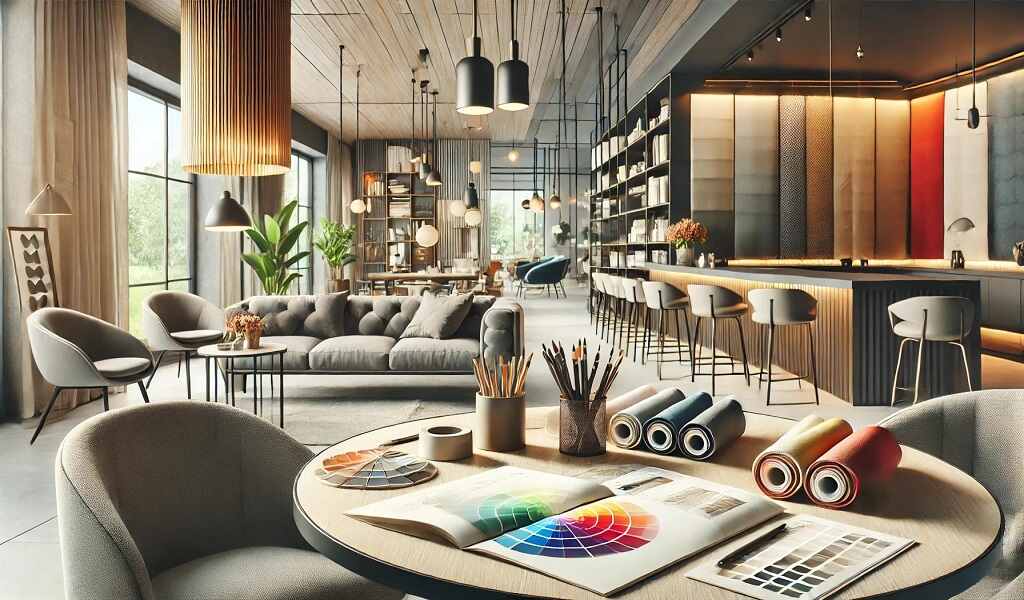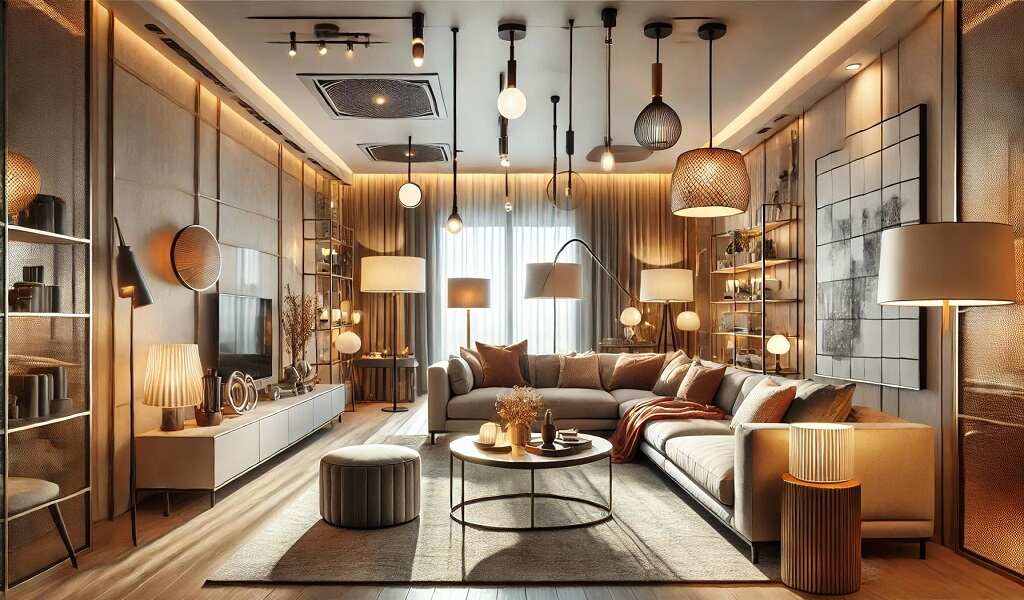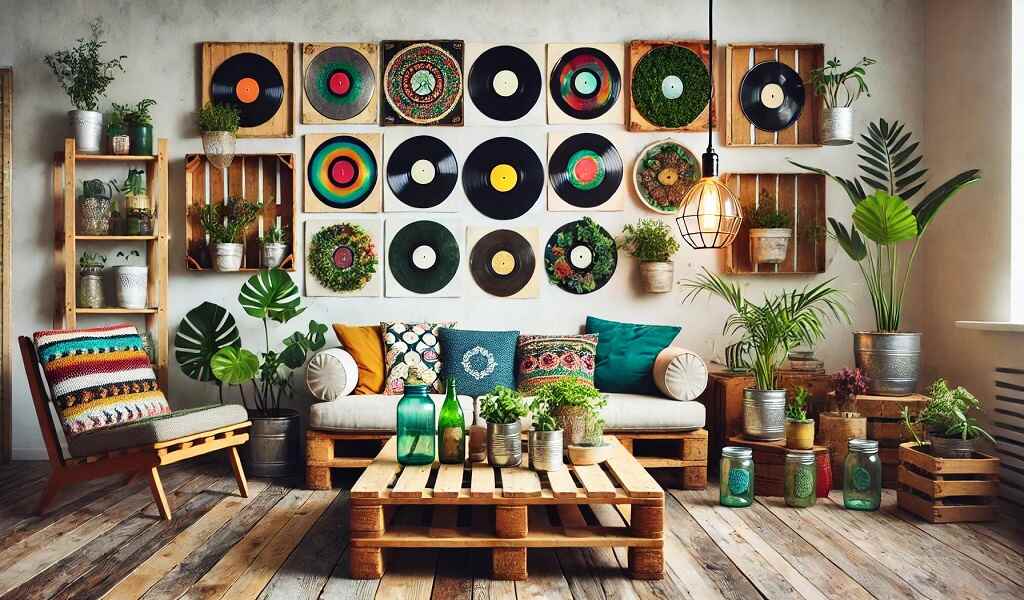If you’re considering renovating your home or revamping your office space, one of the first questions that likely comes to mind is, “How much does an interior designer really cost?” It’s a question that doesn’t have an easy, one-size-fits-all answer. The cost of hiring an interior designer can vary greatly depending on several factors such as the size of your project, the designer’s level of expertise, and the region in which you live.
But before you start stressing over the potential expense, let me take you through a detailed breakdown to help you understand the various pricing models and help you make a well-informed decision. This article will guide you step-by-step through the cost structures, factors affecting the prices, and provide tips to get the best value for your investment. Let’s dive right in!
Table of Contents
What Exactly Does an Interior Designer Do?
Before we start talking numbers, it’s important to understand the role of an interior designer. An interior designer is not just someone who picks out paint colors and furniture. They are skilled professionals who can transform a space, ensuring that it’s not only beautiful but functional and well-organized. Interior designers bring in-depth knowledge about space planning, color theory, lighting, and furniture arrangement to create environments that align with your style and meet your needs.
Whether it’s designing a home, office, or a commercial space, interior designers have the expertise to guide you through the process—from conceptualizing your vision to selecting finishes and materials that complement your style. They also work with contractors and other professionals to ensure the project is completed on time and within budget.
Breaking Down the Costs: How Much Does It Really Cost?
Now, let’s talk numbers. The cost of an interior designer can vary significantly based on several factors. These include the scope of the project, the designer’s experience, and the location. Let’s explore the different pricing models to give you a clearer idea.
1. Hourly Rate
One of the most common ways interior designers charge for their services is by the hour. The hourly rates can range from as low as $50 per hour to over $500 per hour for highly experienced designers in premium markets.
- Entry-Level Designers: For a newer designer with less experience, the rate is typically around $50 to $100 per hour.
- Mid-Range Designers: With more experience and a portfolio of successful projects, these designers charge between $100 to $200 per hour.
- High-End Designers: For well-established designers with significant industry expertise, the hourly rate can go from $200 to $500 or more.
If you’re on a tight budget or looking for specific tasks (like choosing colors or furniture), an hourly rate might be a good option. Just keep in mind that the final cost will depend on the time spent working on your project. So, if your project takes longer than expected, the costs can add up quickly.
2. Fixed-Fee or Flat-Rate
Another common pricing model is a flat fee. With this approach, the interior designer will charge a fixed price for the entire project. This model is often used for larger-scale projects or complete renovations where the scope and timeline are well defined.
- Small Projects: For smaller projects like redesigning a living room or bathroom, the cost might range from $1,000 to $5,000.
- Medium Projects: For more extensive work, like remodeling a kitchen or office space, you might see fees between $5,000 to $20,000.
- Large-Scale Projects: Large projects, such as complete home renovations or commercial space redesigns, can easily cost $20,000 and beyond.
The advantage of a flat-rate pricing model is that it provides transparency. You’ll know exactly what you’re paying for upfront, so there are no surprises along the way. But, of course, ensure that you and your designer are on the same page about the project scope to avoid any miscommunication later on.
3. Percentage of Project Cost
Some interior designers charge based on a percentage of the overall project cost. This pricing structure is often used for larger projects like home renovations or office builds, where there are substantial materials and construction costs involved.
- Typical Range: The percentage typically falls between 10% to 20% of the total cost of the project.
- Example: If you’re doing a renovation worth $50,000, and your designer charges 15%, their fee would be around $7,500.
This model can be advantageous if you’re undertaking a large-scale project, as it aligns the designer’s compensation with the overall cost of the project. However, it’s important to be clear on what’s included in the percentage—sometimes it might only cover the designer’s time and expertise, while other costs (like furniture or contractor fees) are additional.
4. Per Square Foot
For some projects, particularly when it comes to commercial spaces or large homes, interior designers may charge based on the size of the area being designed. This can range from $5 to $15 per square foot or more, depending on the scope of the project.
For example:
- Small Spaces: For a 200-square-foot space, this could cost between $1,000 and $3,000.
- Large Spaces: For a 3,000-square-foot home, it could be anywhere from $15,000 to $45,000, depending on the designer and the level of customization.
This pricing model can be helpful for those looking to design larger spaces or commercial properties, where the size of the space directly impacts the complexity of the design.
Factors That Affect the Cost of Hiring an Interior Designer
While pricing models can give you an idea of what to expect, several factors influence the final cost of hiring an interior designer. Here’s a look at what can affect the cost:
1. Project Scope
The complexity of your project is one of the most significant factors. A full home renovation, for example, requires a lot more time, effort, and expertise compared to redecorating a single room. The larger the scope, the higher the cost.
2. Location
Where you live can also impact pricing. Designers in cities like New York, Los Angeles, or London typically charge more than those in smaller towns or rural areas. Urban centers often have a higher cost of living, which translates into higher fees for professional services.
3. Experience and Reputation
Just like in any other profession, the experience and reputation of an interior designer matter. A designer with years of experience and a robust portfolio will likely charge more than someone just starting out in the industry. If you’re seeking a top-tier designer with a reputation for creating stunning designs, be prepared to pay a premium.
4. Materials and Furniture
Some interior designers include the cost of materials, furniture, and other purchases in their fees, while others may charge separately for these items. Be sure to discuss these details upfront to avoid any confusion later on.
Tips to Get the Best Value for Your Money
- Define Your Budget: Before you hire an interior designer, clearly define your budget for both the design services and the overall project. This will help ensure that you are on the same page and that the designer can provide realistic recommendations based on your financial constraints.
- Get Multiple Quotes: Don’t settle for the first designer you meet. Shop around and ask for quotes from several designers. Compare their pricing models, portfolio, and expertise to find the best fit for your needs.
- Set Clear Expectations: Make sure to clearly communicate your vision and expectations for the project. A designer who understands your goals can help guide you toward options that align with your preferences and budget.
- Consider Virtual Designers: If you’re on a tight budget, consider working with a virtual interior designer. Many designers offer virtual consultations or package deals, which can often be more affordable than in-person services.
Conclusion
So, how much does an interior designer really cost? The answer depends on a variety of factors, including the size of your project, the designer’s experience, and where you’re located. While some services can cost as little as a few hundred dollars for smaller, short-term projects, larger-scale renovations can easily reach the tens of thousands.
The key takeaway here is that interior designers offer significant value in terms of transforming spaces, optimizing functionality, and saving you time and effort. By understanding the pricing models and considering factors like your budget and the scope of your project, you can make an informed decision and ensure that you’re getting the best return on your investment.
At the end of the day, whether you’re redesigning your living room or planning a full-scale renovation, hiring the right interior designer can make all the difference in turning your space into something truly special.



